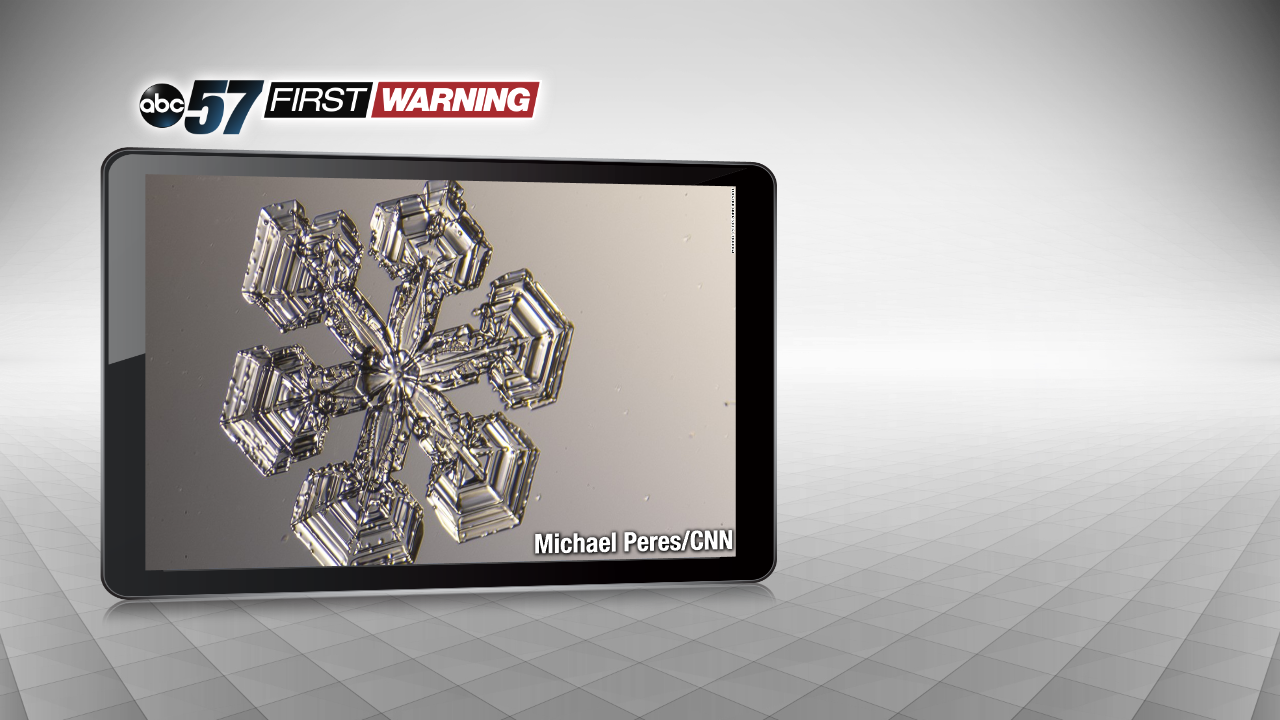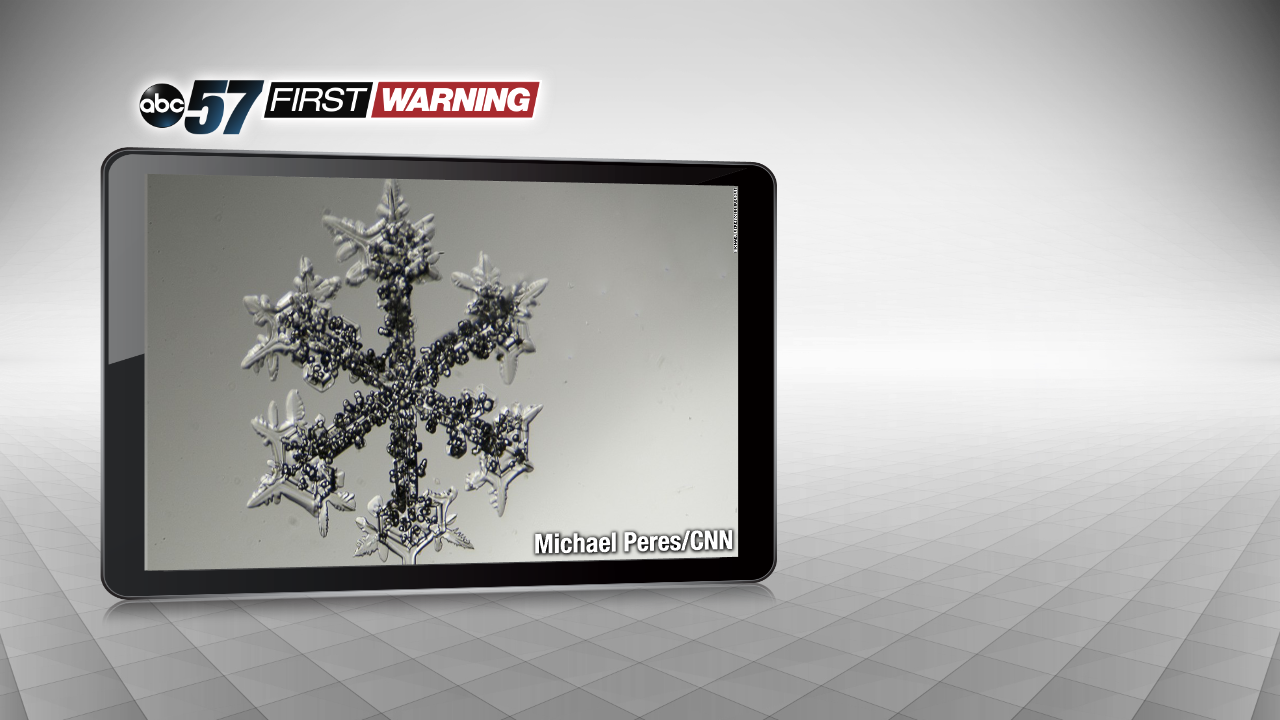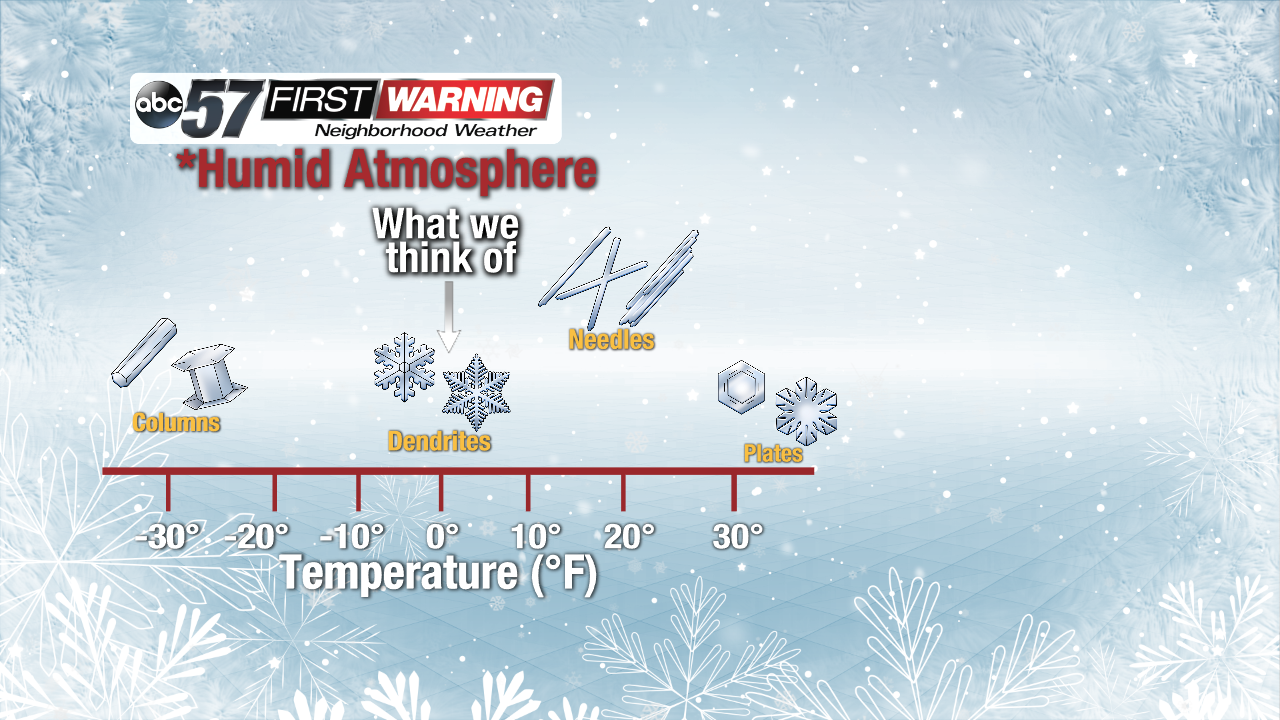Know your snow: Every snowflake is different
Posted: Feb 1, 2018 12:12 PM EST
When you think about snowflakes, you probably envision the beautiful star-shaped flake; the one that kids draw for their parents to put on the refrigerator. While that is a type of snowflake, it is by no means the only type that can fall from clouds. In fact, there are 35 different types of snowflakes.
They can come in all shapes and sizes. Some of the more common and widely known snowflakes include dendrites, prisms, columns, plates, and needles. Yes, snowflakes can form into the shape of a needle. And, each snowflake has a temperature range in which they develop. For example, dendrites -- the most photogenic type -- form when temperatures are around 5°F or so. The chart shown here depicts the four broad groups of snowflakes and the temperatures at which they fall. There is roughly a 60-degree difference between the temperature at which columns form and the temperature at which plates develop! The best part is you can get multiple types of snowflakes in one location in one day! If temperatures start in the 30s on a snowy day, you will likely see plate-shaped flakes. Let's assume temperatures drop into the single digits by the evening. That would likely support dendrite-shaped snowflakes! Here is a complete list of the 35 types of snowflakes. Most of them are difficult to distinguish, and it's often not easy to classify snowflakes. However, if you wear dark-colored mittens or gloves on a snowy day, you can get a good look at the individual types of snowflakes. Even when they are very small, the details on individual snowflakes can be extremely impressive! If you want to learn more about the types of snowflakes, click here.

















